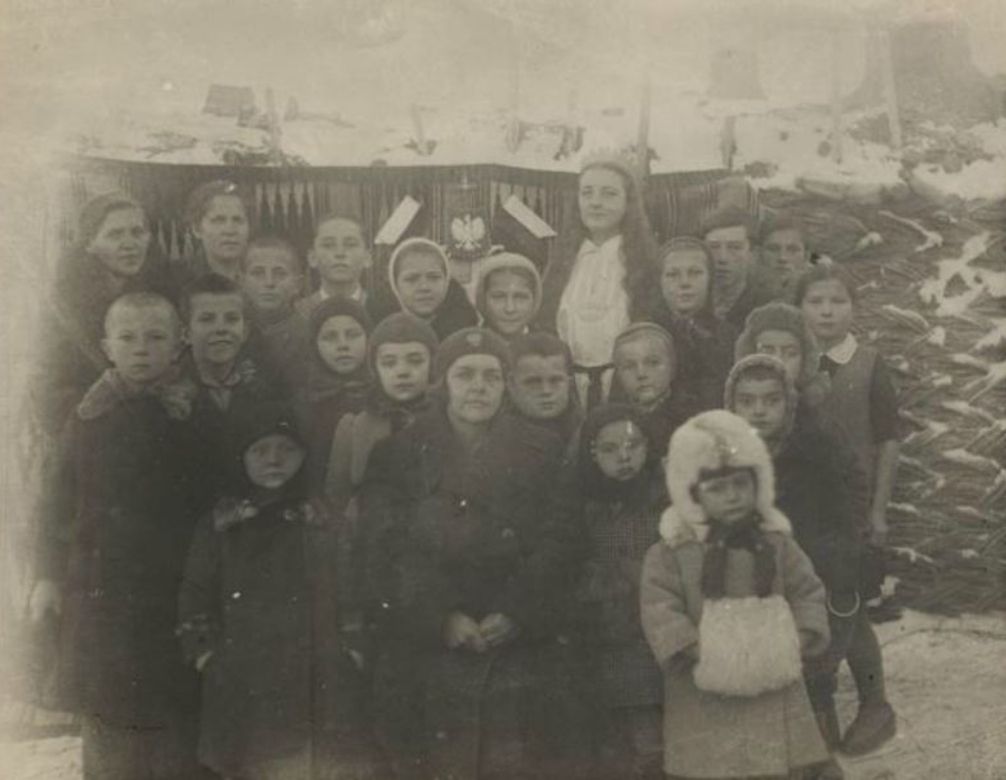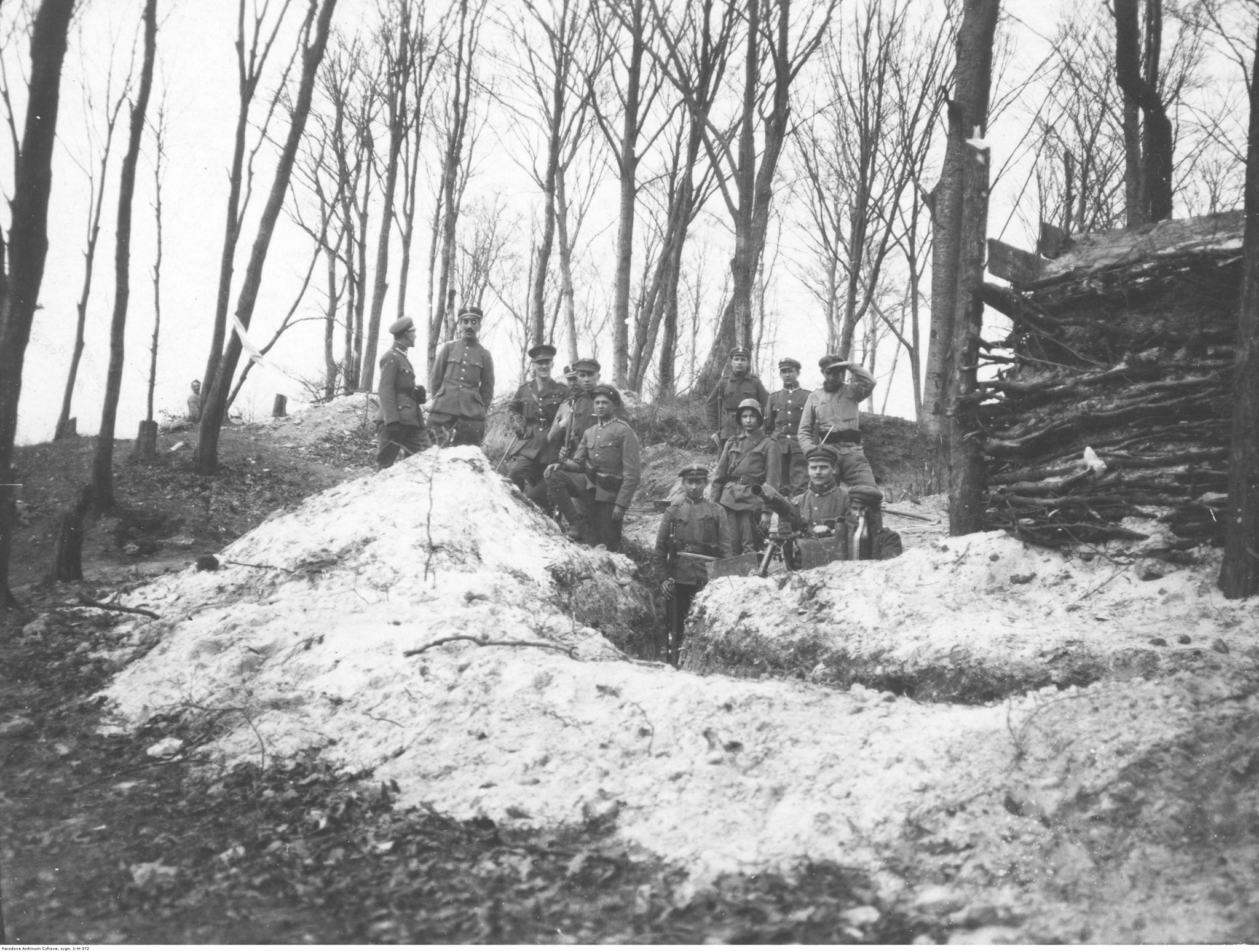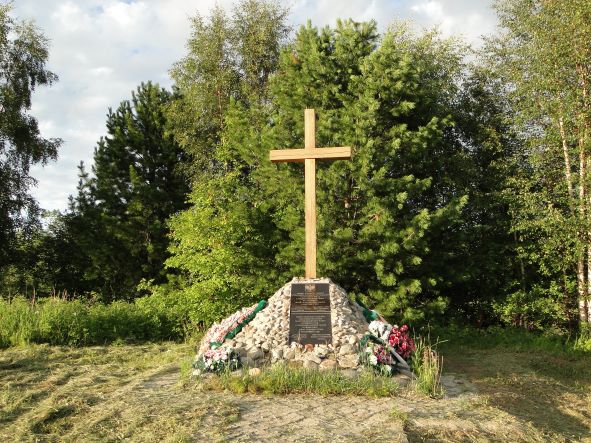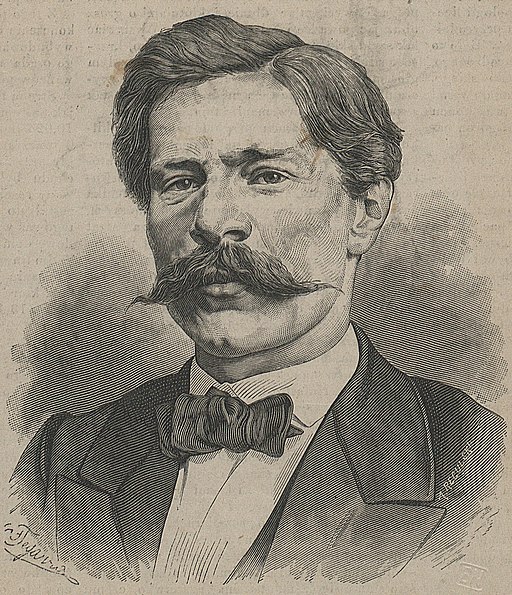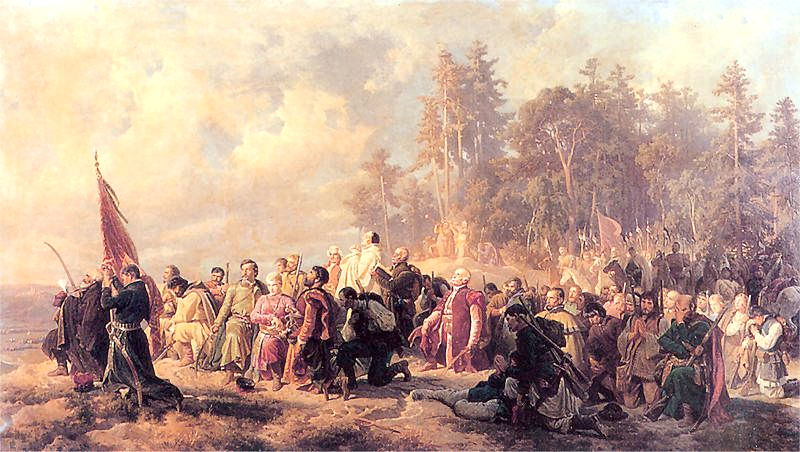The date of 11 November 1918, being the day on which Poland regained its independence, is a symbolic date. Exactly on that day, an armistice ending the First World War was concluded in a wagon in the forest of Compiègne.
The Polish-Bolshevik war broke out on 14 February 1919. The site of the first confrontation was the town of Mosty near Szczuczyn in the Grodno region, where Polish Army units halted the Red Army’s march.
On the night of 6 to 7 July (24/25 June old style) 1866, 5,000 kilometres east of their homeland, a group of January insurgents sent to Baikal for penal labour stirred up a rebellion, disarmed their guards and tried to forge an escape route to Mongolia.
Years ago, Poles, like Ukrainians today, did not want to be a Russian colony. They dreamed of their own independent country.
On 12 February 1833, Aleksander Czekanowski was born in Krzemieniec in Volhynia. He trained as a geologist, but was not given the freedom to pursue his career as he was sent to Siberia at the age of 30 for taking part in the January Uprising.
Prayer of the Bar Confederates before the Battle of Lanckorona, oil painting by Artur Grottger.




